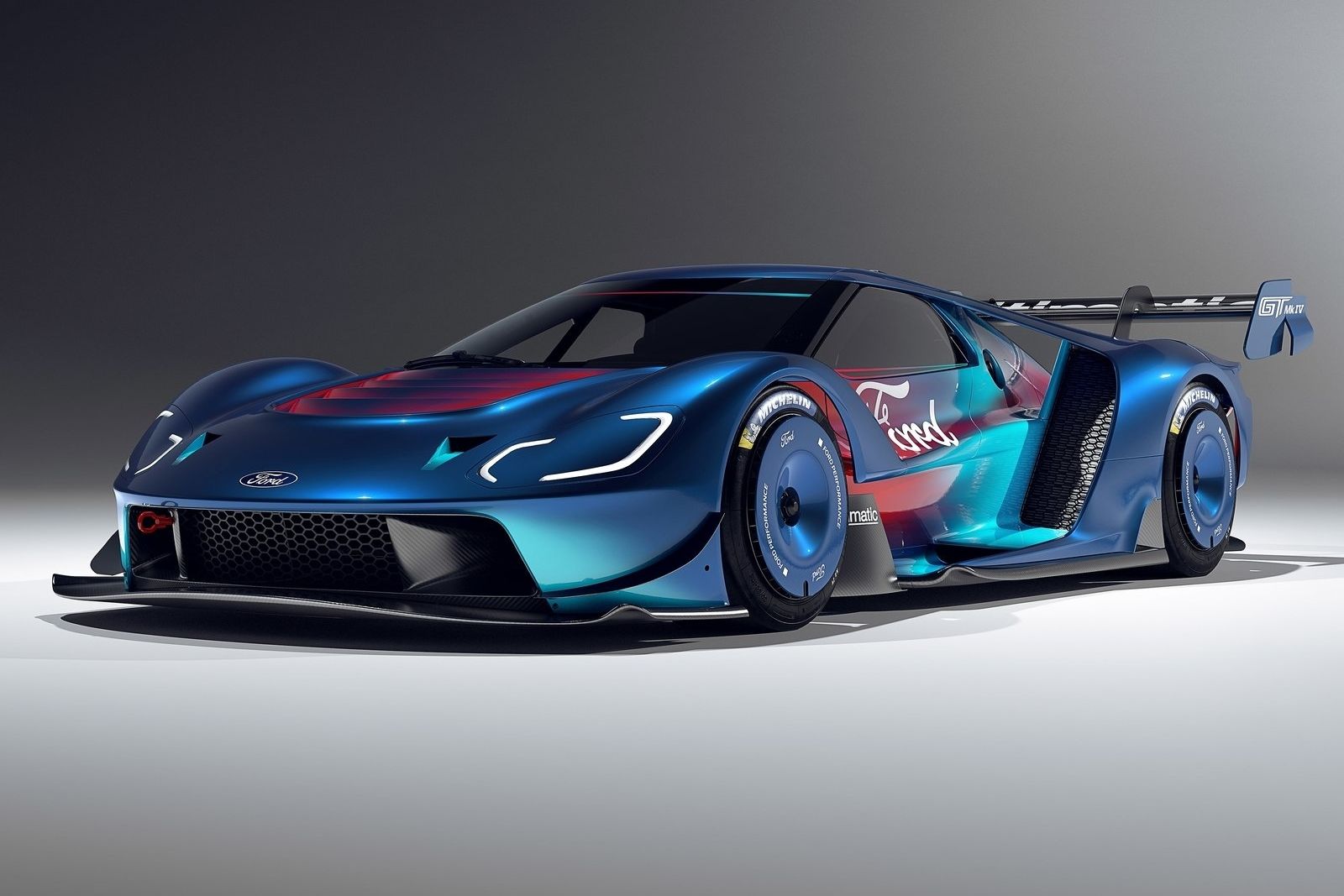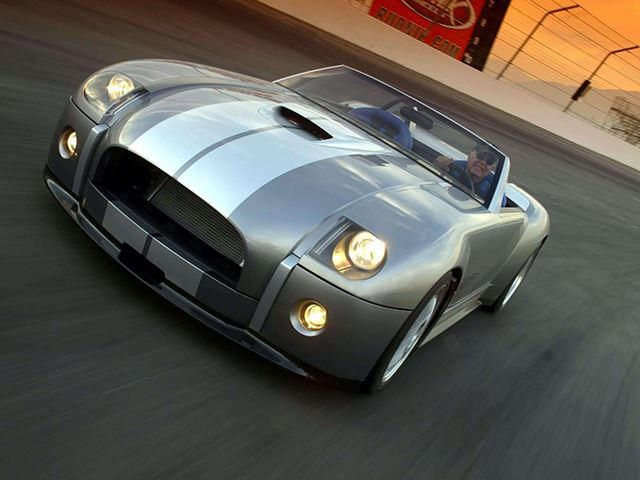Concept cars are some of the coolest parts about the auto industry. When a manufacturer gives its designers a pen and tells them to go wild, the results are usually characterized by the sound of jaws hitting the floor. So one can only imagine the pain of disappointment felt by the gearhead community when an automaker says that its concept car won't be coming to life. Ford did that to us with its Shelby Cobra concept, but we think it needs to stop playing and build it.
Caroll Shelby got his fame by bringing the American muscle recipe of dropping high-output motors into an everyday car to the world of roadsters. This is how the Shelby Cobra was built, and its fame extended long after the car's 1962 release. Disappointingly, even though buyers can get their hands on one of these newer Cobras that are based off of the original, Ford or Shelby never bothered to make a modern interpretation of the car. That is until 2004, when the company debuted its Shelby Cobra Concept at the Detroit Auto Show. The Ford engineers went all out on the car, basing it on the same AC Cobra that was used by Shelby. Of course Ford had to stick with Shelby's formula of one part big engine and one part small car.
After all, the Cobra really is only an engine with two seats glued to it. While Shelby went with a Ford V8 when he initially built the Cobra, Ford decided that any potential Cobra Concept owners would have to be suicidal by sticking in a 645 horsepower and 501 lb-ft of torque rocket under the small hood. The sheer size of the engine, 6.4 liters with ten cylinders arranged in a V, is more than enough to justify the need for Ford's efficient EcoBoost engine line. This isn't just a car restrained to quarter-mile strips of tarmac either because the chassis of the car is based on a Ford GT modified for front-engine placement. Meanwhile, a transmission in the rear helps to balance the weight.
Behind it, a limited-slip differential ensures that the car has at least a shred of track worthiness. The car weights a nudge north of 3,000 pounds in part because it's been stripped of any creature comforts like a radio, air conditioning, a roof, side windows, and windshield wipers, but these are things that Ford can install. So why should Ford make this widow maker of a machine? For one reason: the Chevrolet Corvette. Ford simply doesn't have a competitor for this car. Sure, high-end versions of the Mustang can make a Vette sweat and the Ford GT is sure to be a top tier performance rock star, but there is nothing in Ford's lineup that is quite like the Corvette. In fact, the original Cobra started as a Corvette competitor.
When Caroll Shelby was first shopping for engines to fit into his AC Cobra body, he went to Chevy and was turned down. Ford only took Shelby up on the offer because it was hoping that the car could become a Corvette competitor. So why not finish what it started? Some could say that the Cobra Concept is too small to compete with the Corvette, but the Vette ranks alongside the Jaguar F-Type and the Porsche Cayman. Both of these cars are close to the Cobra Concept's proportions, so Ford doesn't have excuses. All it needs to do is add a roof and some interior amenities to make the car dealership-ready. If Ford can make it as practical as a Corvette and price it similarly, then it will have a winning formula.


